There’s nothing like a hot bowl of chicken soup on those chilly or rainy days. Along with helping warm you up, chicken broth has a healing quality and is a smart choice when you’re feeling under the weather. While an easy hack is to grab some boxes or cans of store-bought chicken broth and use them for your favorite recipes, nothing compared to homemade chicken broth, which is way better than any processed alternative.
That being said, there’s a certain way to go about making your own chicken broth, and if you don’t follow the right steps, you may not end up with such a tasty and wholesome result. Several chicken broth mistakes can ruin a batch, especially if you’re a newbie and haven’t made it before. Here are the top mistakes to avoid when making chicken broth for casseroles, soups, or other recipes.
1. Using non-organic chicken

If you want the best of the best for your broth, it’ll require some high-quality chicken. Most of the time, this means organic chickens. Organic chickens are fed an all-organic diet without antibiotics, animal by-products, chemical fertilizers, or pesticides. This means that your chicken is free of toxins and also has a better taste.
2. Not having the right ingredients
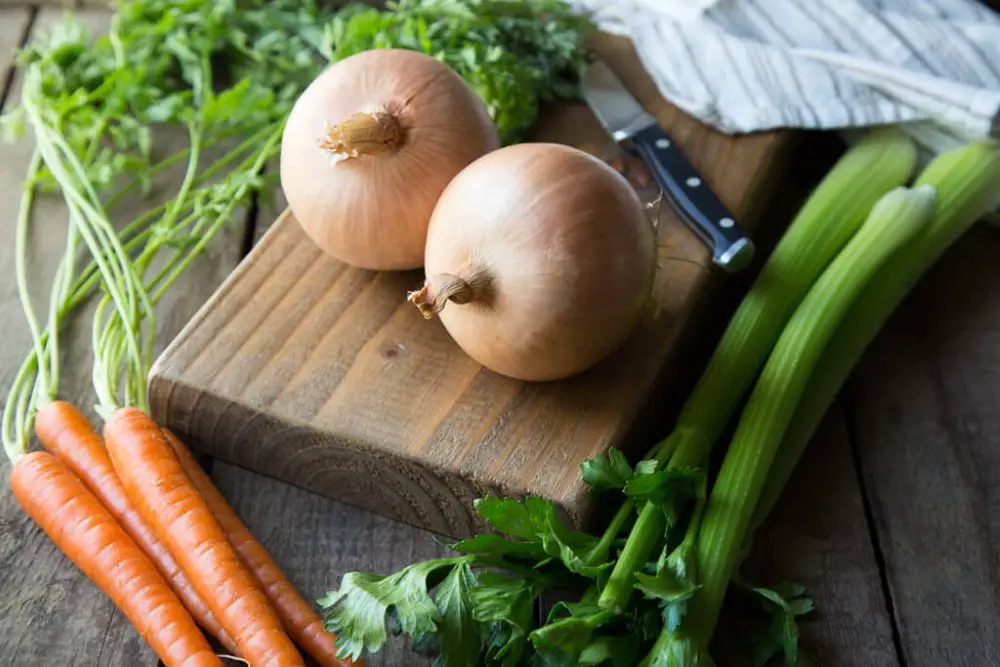
If you don’t have all the necessary ingredients to add the right flavor elements, your broth might taste drastically different. Plus, there’s nothing worse than being in the middle of a recipe and realizing you have to go back to the grocery store to get additional ingredients. Besides the obvious (chicken bones with meat on them and water) you’ll need onions, carrots, celery, salt, bay leaf, and pepper. Seasonings are also necessary – most people use rosemary, garlic, or thyme.
3. The wrong ratio of ingredients

What happens if you have the right ingredients but put them in the wrong amounts? Disaster strikes. Try to use an entire chicken carcass and three to five quarts of water, which will ensure there’s enough broth and chicken flavor to go around. Using the right amount of veggies is also vital since you don’t want these flavors to take over and make it taste like a veggie broth. Half an onion, a single celery stalk, and a carrot should suffice. Be wary of the amount of salt you add, especially if you’re adding broth to another recipe.
4. Placing a chicken liver in your broth
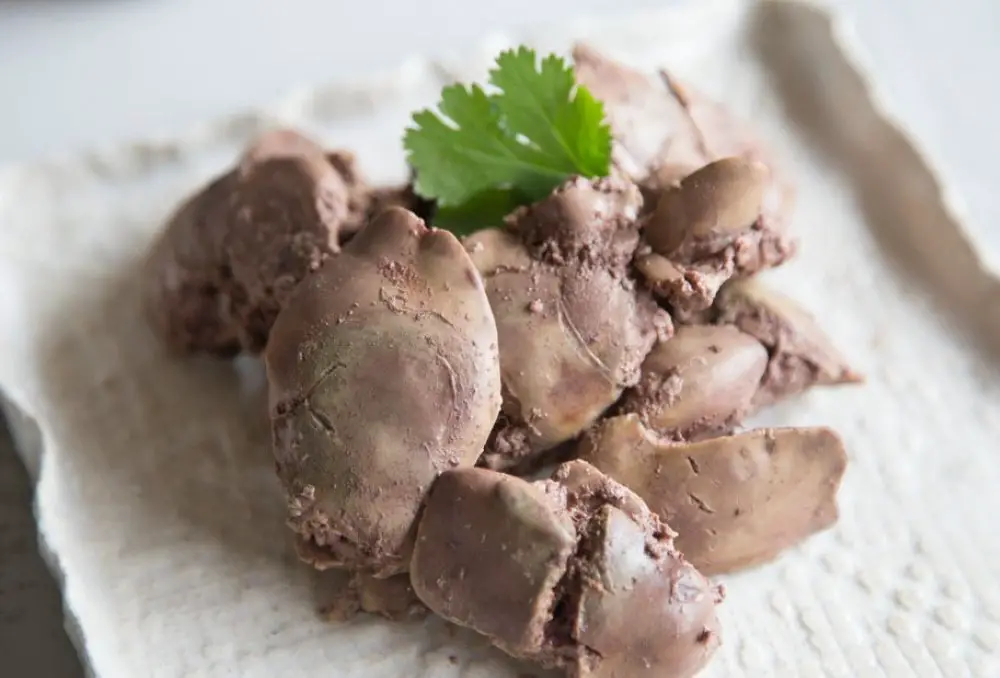
Although hearts and gizzards can be used in the broth, the liver can change the flavor of your chicken broth, bringing a bitter taste into the mix. Be sure to pull the liver out of the chicken carcass and either throw it out or put it aside for a recipe that calls specifically for it, like chicken liver pate.
5. Not placing the ingredients in cold water

Some people think it’s necessary to boil water before you place the bones, veggies and seasonings, but this is the opposite of what you should do. While the goal is for ingredients to reach a simmer, starting with cold water can provide a more clear broth and will also help retain more flavor from the ingredients. Adding them to hot water denatures the proteins in chickens and veggies, impacting nutrition and flavors.
6. Not cooking it for the right amount of time
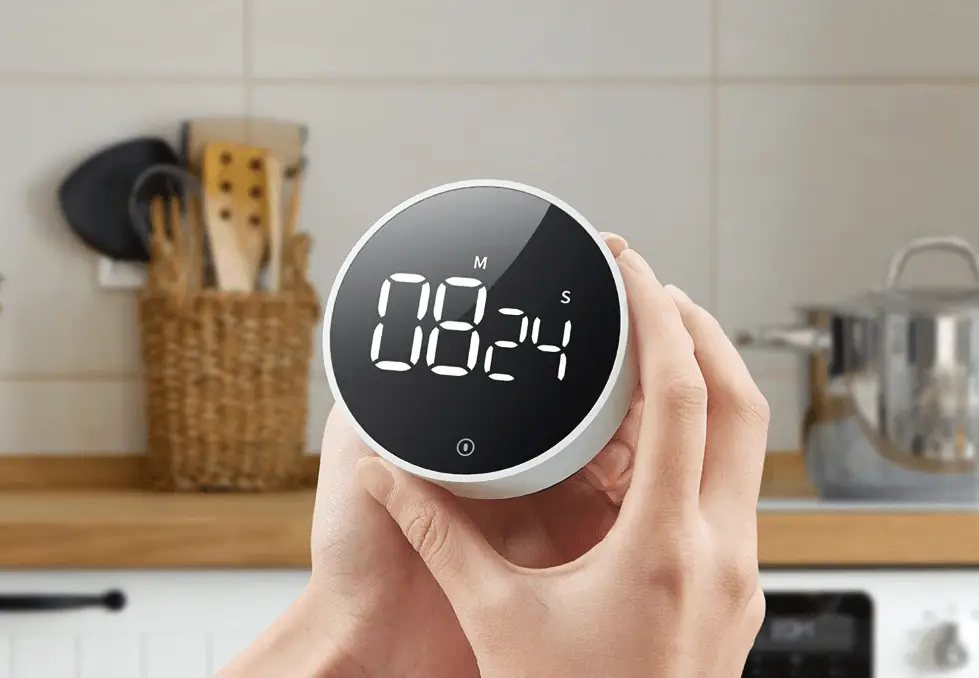
Finding the right timing can be one of the toughest parts of making homemade chicken broth. You want the ingredients to simmer enough to bring flavor to the broth, but that’s it. Chicken broth takes a max of three hours to simmer, but if you’re making stock, it should simmer for about six hours. For bone broth, it’s better to cook for up to 48 hours, which is the perfect opportunity to use a slow cooker.
7. Using a pot that’s too small
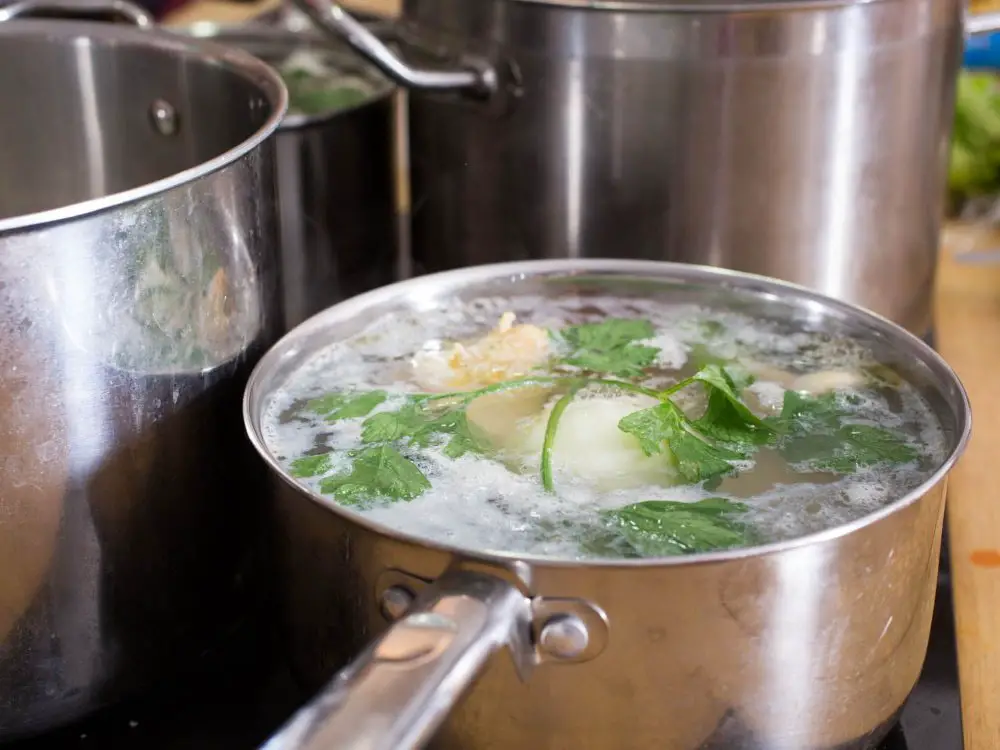
If all you have is a tiny pot, it may be time to invest in some new kitchenware since this will end in a mess of spilled ingredients or too little liquid. Although the average stockpot holds 8 quarts, you’ll need to be sure that it can fit an entire chicken carcass and up to 5 quarts of water. Hence, a 20-quart stockpot will be much more spacious.
8. Not straining the broth after it’s cooked
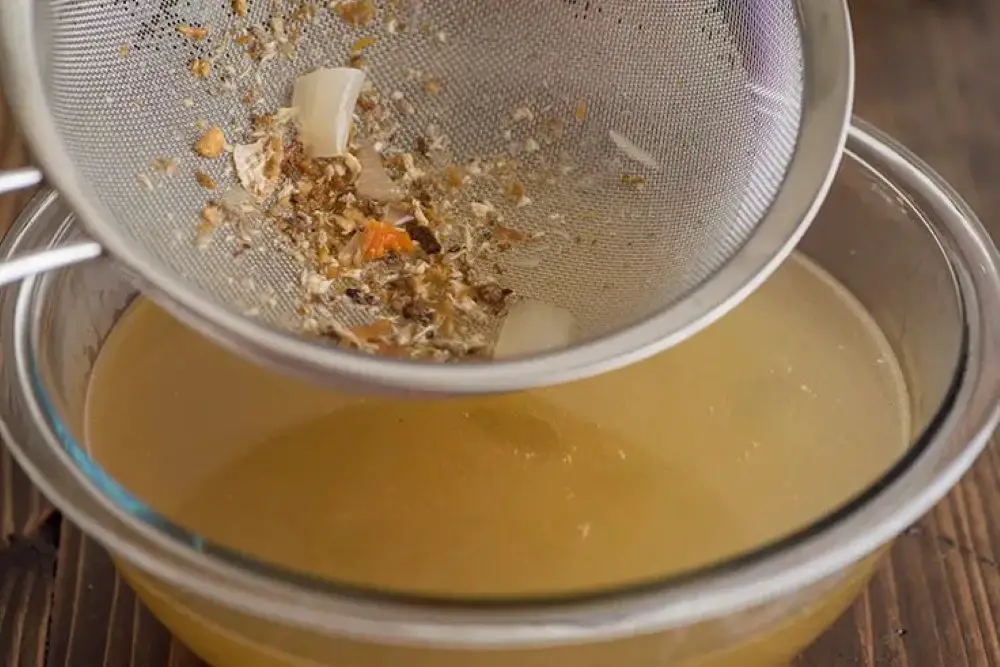
Whether you’re only making a broth or a stock, you absolutely must strain your broth. Otherwise, you’ll end up with unpleasant pieces of cartilage and bone. Ideally, you should use a fine mesh strainer to remove the bones, chicken pieces, and veggies, but a cheesecloth-lined colander will also suffice. You can use tongs to take out the carcass and bigger chunks if your pot is too heavy.
9. Not knowing when your chicken broth has gone bad

Prepping chicken broth involves some serious TLC, and you don’t want it to go bad before you use it in your recipe. Based on this info from the USDA, chicken broth lasts up to four days. After that, eating it might not be safe, and the flavor definitely won’t be the same. If you freeze it in an ice cube tray or freezer-safe bags, the broth can last up to six months. To tell if the chicken broth is off, check for sour odors, a color change, and any mold or a slimy texture. Always taste before you use it.








